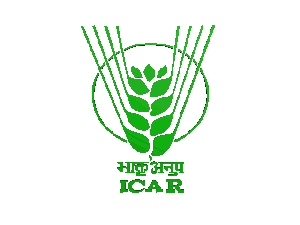Phenotypic characterization of AnGR generally refers to the process of identifying distinct breed populations and describing their external and production characteristics within a given production environment.
Phenotypic traits include observable traits such as height, weight, eye color, hair color,
horn size, hoof color, etc.
Assessment of the population characteristics of identified breed is also an important component of livestock characterization. This includes estimates of population sizes, flock/herd structure, and assessment of the level of indiscriminate or irrational crossbreeding which are indicators of threat to the survival of the adapted indigenous genetic resources.
A breed is used in phenotypic characterization to identify distinct AnGR population
as unit of reference and measurement. Phenotypic characterization is used to identify and document diversity within and between
distinct breeds, based on their observable attributes.
Objectives of phenotypic characterization
- To identify new breed
- To know the geographical distributions of the breed
- To know status of breed in terms of population, characteristics, etc. in native environments
- To document unique characteristics of the breed
- To Identify elite animals to be used in improvement programmes
- To develop monitoring mechanism for conservation and sustainable use of the genetic resources
- To create public awareness regarding the importance of AnGR
- To document animal genetic resources
Constituents of phenotypic characterization
A phenotypic characterization study will involve collecting a number of different kinds of data, which includes:
- Demographical and geographical distribution of the breed/population
- Native environment/habitat of the breed/population
- Enumeration of breeds in terms of age, sex in a population of the breed/population
- Management practices and utility of the breed/population
- Socio-economic status of the communities rearing the breed
- Qualitative and quantitative characterization of breeds in relation to morphological traits, production potential and reproductive status etc.
- Qualitative and quantitative description of unique animals, elite producers and rare or unusual characteristics in certain specimens
- Images of typical adult males and females, as well as herds or flocks in their typical production environments
- Relevant indigenous knowledge (including gender-specific knowledge) of management strategies used by communities to utilize the genetic diversity in their livestock





